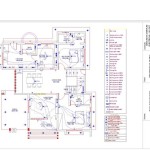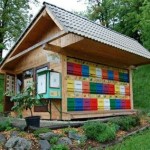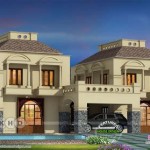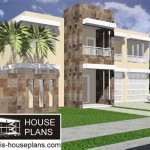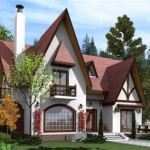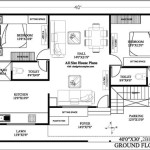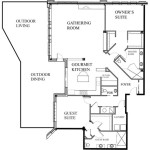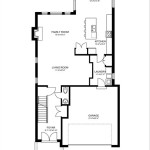Essential Aspects of Traditional House Plan
Traditional house plans evoke a sense of nostalgia and timeless elegance. They embody architectural styles that have been refined over centuries, blending form and function to create comfortable and inviting living spaces. Here are some essential aspects to consider when designing or renovating a traditional home:
Exterior
Traditional house exteriors are characterized by symmetrical facades, elaborate detailing, and a harmonious blend of materials. Classic features include:
- Gable or hip roofs with prominent chimneys
- Bay windows and dormers
- Exterior cladding such as brick, stone, or clapboard
- Porches, patios, and balconies
- Landscaping that complements the architectural style
Interior
Traditional house interiors exude a sense of warmth and sophistication. They feature:
- Formal living and dining rooms with fireplaces
- Cozy family rooms with built-in bookcases
- Eat-in kitchens with butler's pantries
- Generous bedrooms with en suite bathrooms
- Decorative moldings, trims, and paneling
- Hardwood floors and area rugs
Floor Plan
Traditional house plans typically follow a symmetrical layout. The main entrance leads into a grand foyer, which connects to the formal living and dining rooms. The family room, kitchen, and breakfast area are usually located at the back of the house, offering a casual and comfortable living space. Bedrooms are typically arranged on the upper floors, with the master suite featuring a large bathroom and walk-in closet.
Architectural Style
Traditional house plans encompass several distinct architectural styles, including:
- Colonial: Characterized by symmetrical facades, dormers, and exterior cladding
- Georgian: Known for its grand scale, formal detailing, and Palladian windows
- Victorian: Features a range of styles, including Gothic, Italianate, and Queen Anne
- Arts and Crafts: Emphasizes natural materials, simplicity, and handcrafted details
- Neoclassical: Inspired by ancient Greek and Roman architecture
Construction and Materials
Traditional houses are typically built with high-quality materials and craftsmanship. Common materials include:
- Brick: Known for its durability, insulation, and aesthetic appeal
- Stone: A classic exterior material that adds a touch of elegance
- Wood: Versatile and available in a variety of species and finishes
- Slate: A durable and attractive roofing material
- Copper: A timeless metal that adds character to roofs and gutters
Customization
While traditional house plans provide a timeless foundation, they can be customized to suit individual tastes and needs. Consider:
- Adding a sunroom for additional living space
- Creating a modern kitchen with updated appliances and cabinetry
- Expanding the master bathroom for a luxurious spa-like experience
- Incorporating energy-efficient features to reduce utility costs
- Updating the landscaping to reflect personal preferences
Conclusion
Traditional house plans offer an enduring charm and timeless elegance. By incorporating essential elements such as symmetrical facades, elaborate detailing, and high-quality materials, you can create a home that is both beautiful and functional. Whether you choose a Colonial, Georgian, Victorian, or other architectural style, a traditional house plan provides a solid foundation for creating a comfortable and inviting living space that you will cherish for years to come.

Traditional House Plans Monster

Traditional Home Plans Design Basics

Traditional Homes With Closed Floor Plans Blog Eplans Com

Traditional House Plan Figure 6 Scientific Diagram

Layout N House Plans Budget Free

2 Story Traditional House Plan Hillenbrand Plans Two

Cedar Shake Traditional House Plan Design Modern Spacious

Evergreen Large Family Traditional House Plan M 4061 Home By Mark Stewart Design

1 Bedroom Traditional House Plan Tr45as Inhouseplans Com

House Plan 60066 Traditional Style With 3653 Sq Ft 4 Bed Ba

